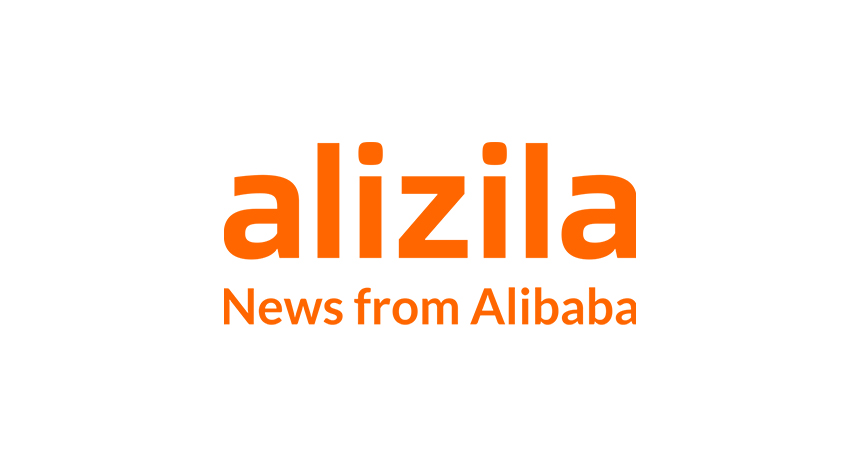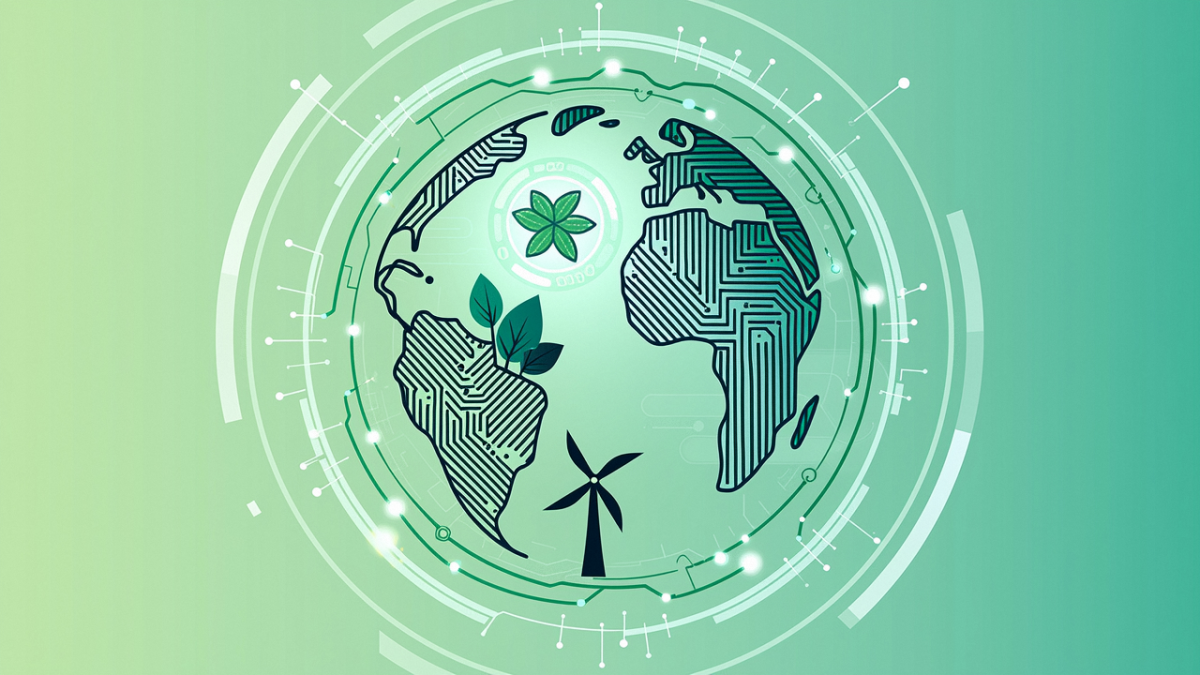
Global sourcing and e-commerce have bred a whole new generation of entrepreneurs, including so called “mumpreneurs” who find inspiration during maternity leave and go into the baby business in more ways than one—sourcing kids toys, clothing, baby care items or creating their own niche products to serve a booming market.
However, as any new parent knows, children need protecting. Products aimed at babies and young kids are among the most highly regulated in the world. Fall foul of the regulations and you could face consequences that might ruin your business, ranging from confiscation of your goods to hefty fines, product recalls and customer refunds. Worse still a badly designed or made product could cause injury to your little customers—or even be responsible for a tragic death.
So how do you stay on the right side of the law and ensure your baby business delivers a bouncing return?
1. DO YOUR RESEARCH
Start by boning up on product safety guidelines in your market using the website of the relevant authority (such as www.cpsc.gov in the US, www.gov.uk/product-safety-for-manufacturers in the UK, and www.productsafety.gov.au in Australia). Apply that knowledge when inspecting samples from a supplier, or factor them into the design process if you’re having a new product made.
Think about all the dangers the product poses to your target age group. Choking on small objects is the number one hazard with babies and small children so as a rule of thumb if a part fits inside an old 35mm film canister the product is not suitable for children under three. Other dangers to consider include strangulation from long cords, suffocation due to non-breathable materials, drowning, or physical injuries caused by products that are misused or not fit for use.
You may also find lists of dangerous products that have been recalled or banned in your country. Wondering why you haven’t seen lawn darts since the 1980s? Here you’ll find the answer, along with alerts on more recently outlawed goods such as construction toys that use super strong magnets, which can cause trauma to children’s intestines when swallowed. Attempt to import or sell anything on the list and you’re in for a Humpty Dumpty sized fall.
2. KNOW YOUR STANDARDS
Every market has its own mix of legal regulations and voluntary standards with different rules for every product category, whether that be children’s nightwear or bath aids for babies. When it comes to children’s toys, two key certifications to look for are ASTM F693, a US specification, and EN71, an EU-wide standard that many other nations use as a touchstone for their own laws and which forms the basis of the international ISO8124 standard. Many suppliers on Alibaba.com will indicate which benchmarks their goods meet, but don’t accept those claims at face value.
“Some suppliers just tell the buyer what they want to hear. You should request that the they provide any documentation related to testing,” says Andrew Reich founder of Shenzhen-basedInTouch Services, a provider of inspection services for overseas buyers, and theauthor of the Qualitywars blog. “The only thing that makes the toy truly EN71 or ASTM certified would be that the exact model you’re purchasing has been tested within the last year and there is a related report.” The materials used to manufacture the product must also have been tested. If you don’t know how to read the reports, have an expert review them for you. InTouch can review most reports within single billable hour, says Reich, which could be $85 well spent.
3. DO YOUR OWN TESTING
If the manufacturer can’t supply test reports, you may need to get the product lab tested yourself to legally import and sell it in your market. Tests consist of two parts, performance and materials, to ensure the product is both fit for purpose and non toxic. Substances such as lead, in metal toys and paint, and phthalates in soft plastics and vinyl are particular targets of the US Consumer Product Safety Commission, which in 2011 introduced tougher testing requirements for products aimed at children as part of the Consumer Product Safety Improvement Act. Making sure your products are non-toxic is an obligation but also an opportunity. You can use your knowledge about the materials when marketing to parents keen to wrap their babies in organic cotton wool. Alibaba.com buyer Jensen Wheeler Wolfe promotes her Little Yoga Mat as being “BPA, latex, PVC and lead-free,” on her website, and prominently declares they are “2011 CPSIA tested and approved”.
4. REMAIN VIGILANT
No matter how much assurance your supplier gives, you can never be 100% certain a product is safe. Just ask the makers of Bindeez, a craft kit awarded Australian Toy of the Year in 2007 only to be subjected to an multi-nation recall the same year. The manufacturer substituted the non-toxic plasticiser called for in the design of plastic beads with a cheaper chemical that, when swallowed, metabolised into the “date rape” drug GHB in children’s stomachs. Such “bait and switch” issues arise because most testing necessarily takes place prior to production. The only way to avoid it is to have a third party inspector test units from the actual production batch on an ongoing basis. That’s likely beyond most small buyers sourcing finished products, but is worth considering if you’re a bigger player.
5. CHECK THE LABEL
If you’re satisfied the product you’re sourcing is up to code, make sure the product and packaging are properly labeled for your market before you place your order. If you’re selling in the EU, for example, it will need to carry the CE marking, the name and address of the person taking responsibility for the product’s safety (which could be you), and relevant warning labels—for instance if the product is unsuitable for children under 36 months. Don’t rely on your supplier: as the importer and retailer you’re responsible for getting the details right. A third party inspection company can help here, or contact your national authority for guidance. The last thing you want is your goods to be seized by customs or subjected to a recall for want of a simple warning on the box.
6. PROTECT YOURSELF
Having ensured the safety of your little customers, take a moment to protect your business, too. Even when a product is designed, manufactured and tested in good faith accidents can still happen—and it only takes one tragedy among a million sales to derail a successful business or even land you in court. Having a plan in place to quickly conduct a voluntarily recall could save you a lot of trouble with the authorities if something does go wrong. Product liability insurance is available to cover you against personal injury claims, and some insurers even offer financial protection in the event of a product recall. Like your mom always said: it’s better to be safe than sorry.




